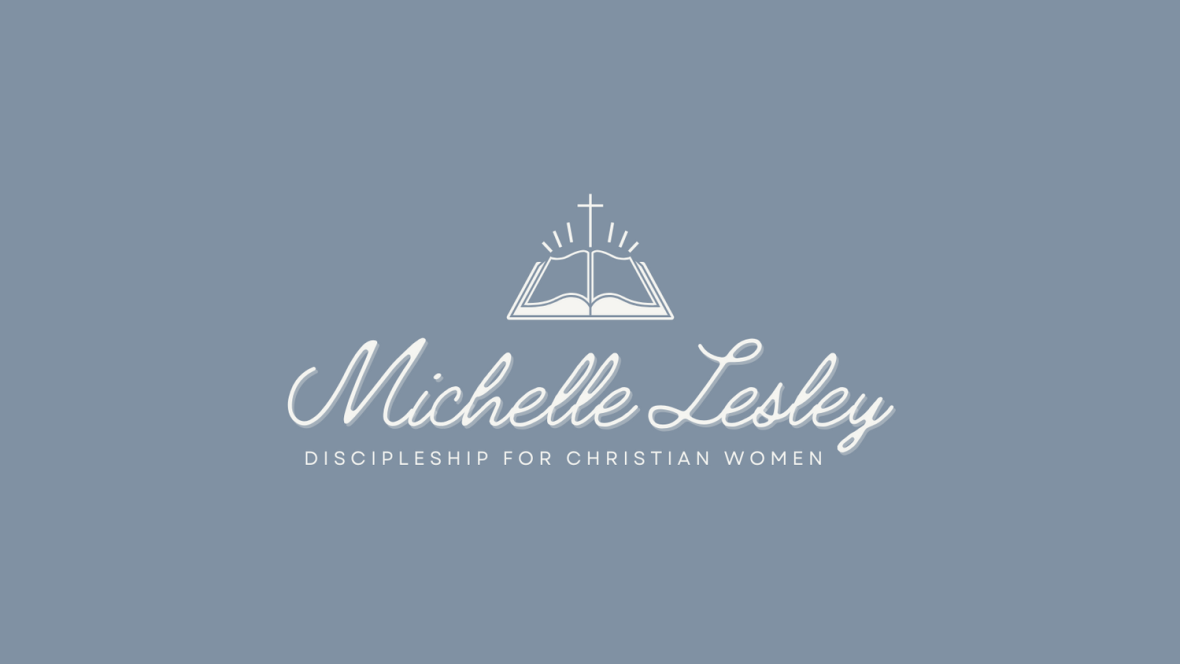Previous Lessons: 1, 2, 3, 4, 5, 6, 7, 8, 9, 10, 11, 12, 13, 14, 15, 16, 17

Questions to Consider
1. Review your notes from our last lesson and be reminded of the things that lead into, and set the stage for, this week’s passage.
2. Read chapters 40-42.
3. What is your initial reaction when you read a passage like this one that seems irrelevant or inapplicable to you? Sometimes when we read Bible passages like this – blueprints, genealogies, censuses, inventories, etc. – we approach them with a very “me-centered” attitude. “Why do I need to read this? What am I supposed to get out of this? How is this supposed to apply to my life?” Consider this: is it possible that God didn’t write these passages for you – at least not in the way you might be thinking? That maybe He put these passages in Scripture for another reason? What are your thoughts about that? What could some of those “other reasons” be?
Read 2 Timothy 3:16-17. Explain how chapters 40-42 could be profitable for teaching, reproof, correction, or training in righteousness. Explain how it could help make the man of God complete or equip him for good works.
4. Using your footnotes and cross references, how long is a “long cubit / a cubit and a handbreadth”? (40:5) Pick a room, feature, or item in this passage for which measurements are given in cubits, and convert the measurements to English (i.e. feet/inches) or metric measurements.
5. Compare this vision of the temple to Ezekiel’s earlier vision of the temple in chapters 8-11 (lessons 5 & 6- links above). What are some similarities and differences you note? Through the comparison and contrast of the first and second visions of the temple, what do you think God might be trying to communicate to His exiled people with this second vision?
6. What can you learn from this passage about the nature and character of God, and His care for His people? Explain how God’s specificity about how His house was to be built points to His specificity about how He is to be worshiped. Is it OK with God if we approach Him in worship in any old way we choose? How does this passage undergird the regulative principle of worship?
7. Since the temple described in chapters 40-42 has never been built, theologians have speculated on when, if, and under what circumstances it might be built in the future. Check out the following resources to study this further:
Ezekiel Sees a New Temple at Ligonier
What is the significance of Ezekiel’s temple? at Got Questions
Ezekiel’s Temple at Grace Community Church
Homework
• Your “And you/they shall know that I am the Lord” list is complete as of our last lesson. The final use of this phrase in the book of Ezekiel is in chapter 39. Review your list. What did you learn about God, His people, etc., from making this list? Why do you think God doesn’t use this phrase in chapters 40-42? For example, something like: “And they shall know that I am the Lord when they see this amazing temple.”?
• If you’re an artistic or architectural type, sketch out one of the rooms, architectural features, items, or decorative features mentioned in this passage. Then do an image search on Google for “Ezekiel’s temple,” “cherubim,” etc., to compare your drawings to other artists’ renderings.
• Read my article God’s Not Like “Whatever, Dude,” About The Way He’s Approached in Worship
Suggested Memory Verse







